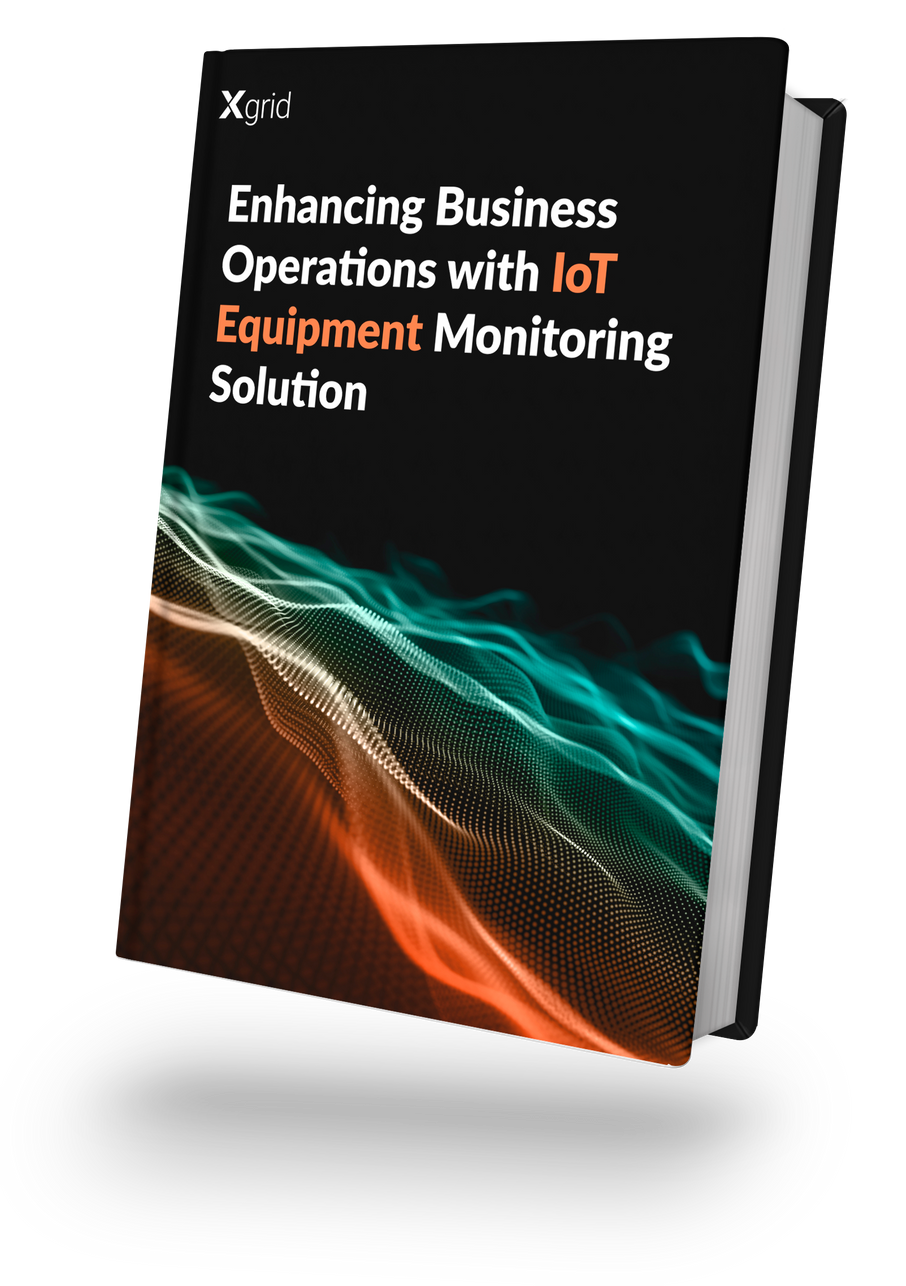Creating a Sustainable Digital Eco-System with IOT Equipment Monitoring
Outcomes Achieved by Implementing Real-Time Monitoring of Critical Equipment
- End users could access real-time monitoring & data visualization of their critical equipment, allowing them to identify issues as soon as they arose and take action to reduce the risk of equipment failure and downtime.
- Timely notifications were generated when equipment readings fell outside acceptable levels, allowing end users to take immediate action.
- With accurate & real-time data, Xgrid’s solution improved the overall accuracy of equipment monitoring and management.
- Saved time and resources by eliminating the need for manual readings and improving the accuracy of equipment monitoring and management.
A B2B SaaS Struggling with Equipment Monitoring: End Users Facing Challenges with Notifications, Accuracy, and Visualization
Copebit, an IoT solutions provider, identified a need for critical monitoring of equipment for end users. Their challenges included lack of notifications for equipment management, Inaccurate and delayed action due to manual readings, and no data visualization.
They reached out to Xgrid to develop an internal project to build a solution that provided data visualization, device management, and e-report generation. Our team designed the solution to work with IoT devices, allowing for real-time monitoring and notifications.
Real-time Data Collection, Machine Learning Analytics, and Cloud Computing Infrastructure to Transform IoT Equipment Monitoring
We designed the IoT solution to provide critical monitoring of equipment for end users. It was tested in a restaurant environment, where equipment like freezers and temperature readings were critical for the operation of the business.
Multiple IoT sensors were installed to monitor the equipment by collecting real-time data on temperature, humidity, pressure, and other relevant parameters. We defined thresholds to generate notifications when readings fell outside acceptable levels.
An IoT gateway was used to securely transfer the data from the sensors to the cloud, where it was processed and analyzed in real-time.
Our cloud engineers and architects leveraged the power of cloud computing to process and analyze the massive amounts of data generated by the IoT sensors. We used a serverless model with AWS services & AWS IoT Core, a cloud-based IoT platform, to manage the IoT devices and collect and analyze the data.
The IoT solution also used machine learning algorithms to analyze the data and identify patterns that could indicate equipment failure or other issues. This helped to improve the accuracy of equipment monitoring and reduce the risk of downtime.
Our team created a dashboard to provide end users with a visual representation of the data collected by the IoT sensors. The dashboard included graphs, charts, and other visualizations to help end users easily monitor their equipment and identify issues as they arose.
The solution also included a notification system that sent alerts to end users when equipment readings fell outside acceptable levels. The notifications were delivered in real-time via email, SMS, or through the multi-user app.
Xgrid’s expert IoT resources designed this solution to be highly scalable and secure. It could easily accommodate additional IoT sensors and devices as the business grew, and it included robust security features to protect the data collected by the IoT sensors.
Did You Know?
The outcomes of the project were significant. With the new solution in place, end users were able to access real-time data and receive notifications when equipment readings fell outside acceptable levels. This allowed for timely action to be taken, reducing the risk of equipment failure and downtime. The solution also eliminated the need for manual readings, saving time and resources. Overall, the solution provided a significant improvement in critical equipment monitoring and management.





